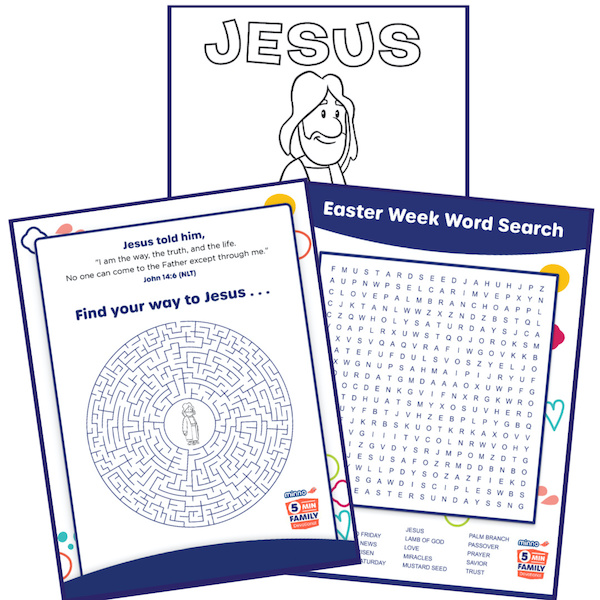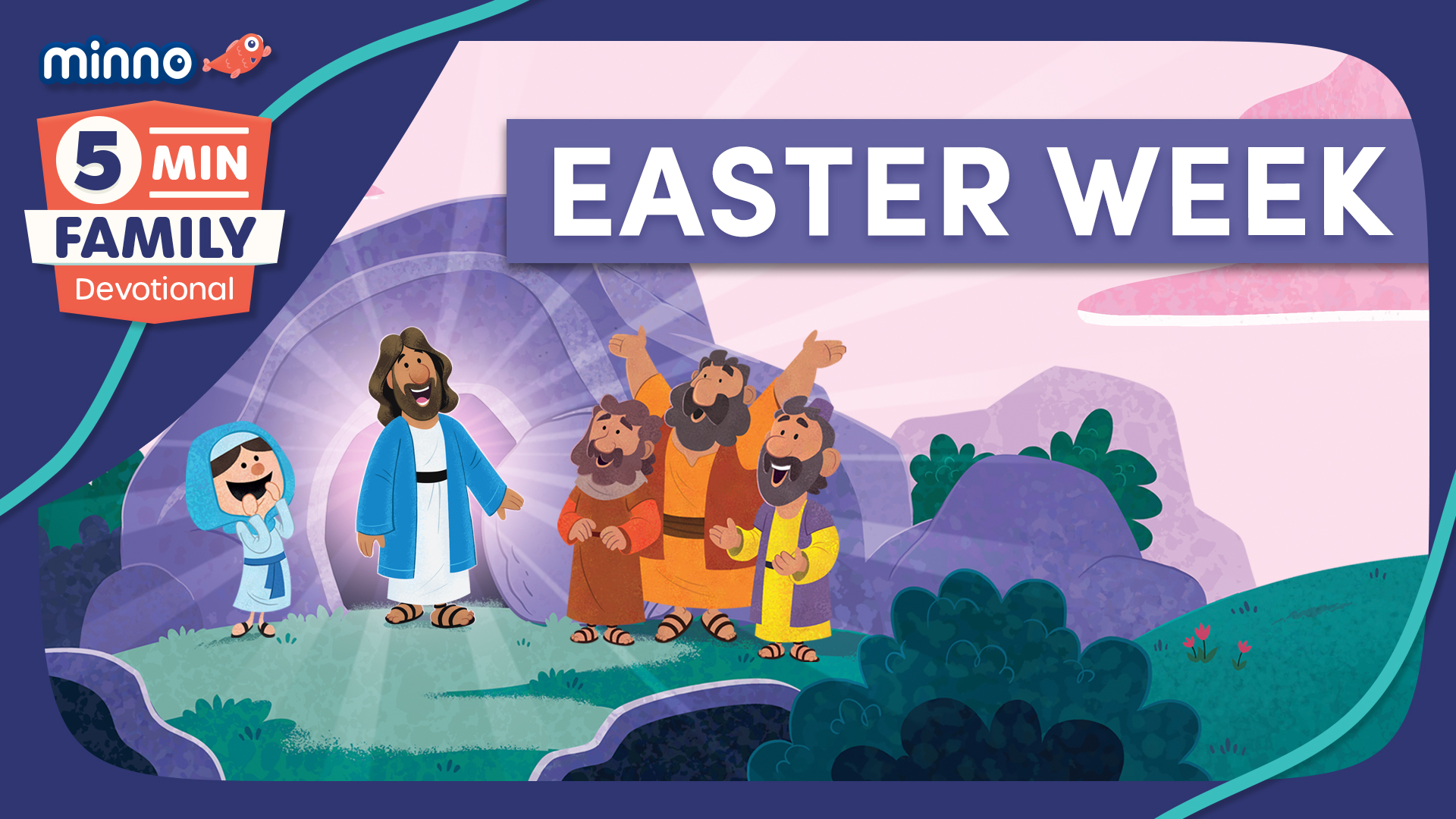Easter Series: What is Easter?

What is Easter?
Easter Sunday is arguably the most important day in the Christian calendar, as it is the day that Christians celebrate the resurrection of Jesus Christ. It marks the end of Lent, a 40-day season of fasting and penance. In contrast with the penitent spirit of Lent and the somber atmosphere of Holy Week, Easter is marked by joy, music, and jubilation. Christians observe the occasion by wearing their finest outfits, singing songs of celebration, removing the veil from the cross, and proclaiming, “Christ is risen!”
Why is it called “Easter”?
The term “easter” was adapted from the Old English word “eastre” or “oestre,” the name of a pagan goddess whose festival was held at the vernal equinox (March 21). Eastre was the Teutonic goddess of dawn and new birth.[1] Pagan religions held feasts in the goddess’ honor during a month that is the equivalent of April, but these customs were eventually replaced by Christian traditions.
When is Easter? Why is it different every year?
Around the middle of the second century a debate arose between the church in the West and the church in the East concerning the proper date to celebrate Easter. Unlike Jesus’ birth, for which there is no certain time of year with which to determine its date, Jesus’ resurrection occurred around the Jewish Passover. As a result of this Biblical detail, the church in the East believed that Easter should be celebrated at that same time as Passover, which was known as the “fourteenth day of Nisan.”
The church in the West opposed this idea. In 155 the Roman bishop Anicetus asserted that Easter should be celebrated on Sunday, the Lord’s Day. More precisely, he believed that Easter should be observed on the Sunday following the fourteenth of Nisan.
This debate remained so contentious that in 190 Victor, bishop of Rome, excommunicated the church of Asia, only to be rebuked by Irenaeus for having done so. It seemed that the Eastern and Western churches would never come to an agreement on the matter, but in 325 the Council of Nicaea settled on the Western position, which is the date most Christians celebrate today.[2] The Eastern church still celebrates Easter independently.[3]
Ever since, the date of Easter has been determined by the first full moon after the spring equinox (March 21).[4] Easter is always observed on the first Sunday after this full moon, which is also known as the “paschal full moon.” If the paschal full moon falls on a Sunday, then Easter will be scheduled for the following Sunday. As a result of this dating system, Easter can occur anytime between March 22 and April 25.[5]

Download our Easter Coloring and Activity Pack for coloring sheets, a word search, and maze to engage your kids as they learn about Holy Week and Easter.
Watch the Easter Week 5 Minute Family Devotional Series on Minno!
. . . . . . . . . .
If you’re already a Minno subscriber, watch now!
Not a subscriber? What are you waiting for?!
Sign up for your free trial HERE.
Read about all the days of Holy Week in this series:
What is Holy Week?
Holy Week History: What is Palm Sunday?
Holy Week History: What is Maundy Thursday?
Holy Week History: What is Good Friday?
Holy Week History: What is Easter Sunday?
[1] Jean C. Cooper, Dictionary of Christianity (Taylor & Francis, 1996). p. 78
[2] Earle E. Cairns, Christianity Through the Centuries: a History of the Christian Church (Zondervan, 1996). p. 101
[3] Cooper, p. 78
[4] Leonard W. Cowie and John Selwyn Gummer, The Christian Calendar: a Complete Guide to the Seasons of the Christian Year Telling the Story of Christ and the Saints, from Advent to Pentecost (G. & C. Merriam Co., 1974). p. 85
